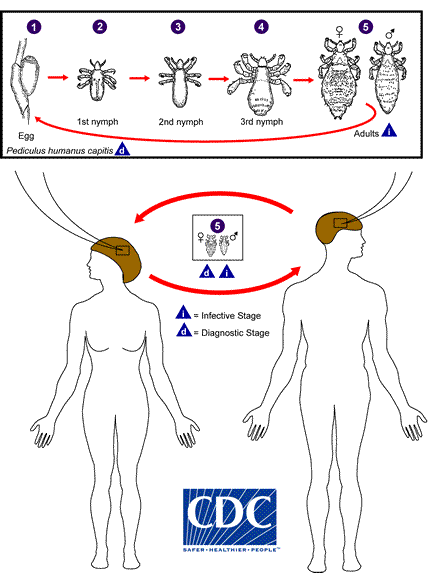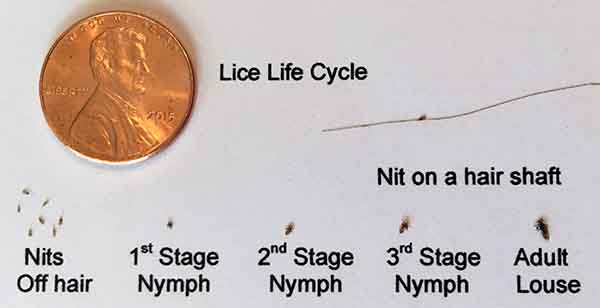lice life cycle
They are oval shaped 2 3 mm in length and usually yellow to white in color. Nymphs are smaller and become adult lice about 1 2 weeks after they hatch. They usually feed off the flaking skin of the host and frequent wounds or open areas.
This life cycle repeats itself about every 3 weeks.
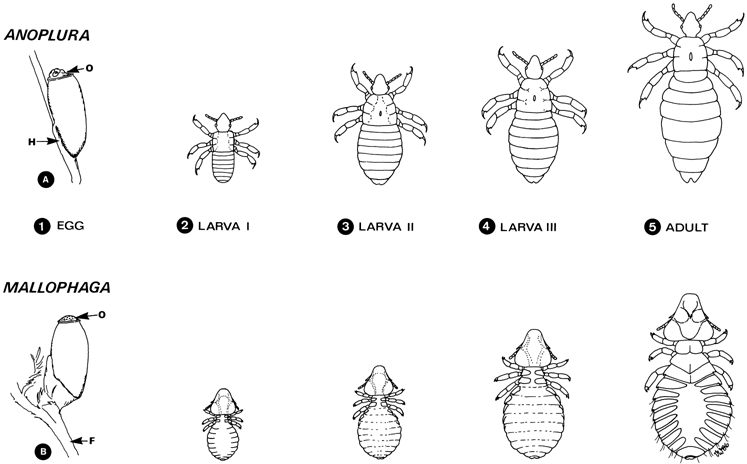
Lice life cycle. Nits are hard to see and are often confused with dandruff or hair spray droplets. The development of the whale louse is closely connected with the life pattern of whales. A mature or adult head louse can lay up to 10 eggs or nits each day. Most lice feed on blood several times a day and they can survive up to 2 days off the scalp.
Some research has occurred on the problems caused by this species in aquaculture but little is known about the salmon louse s life in nature. They are 0 8 mm by 0 3 mm oval and usually. The nit is a whitish yellow speck that is about 1 millimeter in length. Head lice go through these stages.
They cause minor skin damage but this does not lead to significant illness. Nits are found firmly attached to the hair shaft. Both sucking and chewing lice undergo simple metamorphosis. The egg hatches in about 7 10 days.
Poultry lice are ectoparasites parasites. This picture shows the three stages of the head lice life cycle including the head lice egg or nit nymph and adult louse as compared to the size of a penny for scale. However secondary bacterial infection of the skin resulting from scratching can occur with any lice infestation. Nits are head lice eggs.
In the united states infestation with head lice pediculus humanus capitis is most common among preschool and elementary school age children and their household members and caretakers head lice are not known to transmit disease. The female louse attaches an egg to the hair near the skin. There are three forms of lice namely the nit the nymph and the adult louse. Salmon louse infections in fish farming facilities though can cause epizootics in wild fish.
Nits are laid by the adult female and are cemented at the base of the hair shaft nearest the scalp. There are three nymphal stages each about 5 10 days in length followed by the adult. The life cycle of a louse begins as an egg also called a nit. With lice bites come itching and scratching.
An adult louse lives approximately 12 days during which an adult female lays an average of one to two eggs per day. The young spend approximately nine to 12 days as nymphs the immature life stage molting three times before they become full adults. Nits are lice eggs. It attaches itself firmly to an individual hair strand close.
They are hard to see and are often confused for dandruff or hair spray droplets. What is the life cycle of head lice. The lice predominantly eat algae that settle on the host s body. Egg nymph and adult.

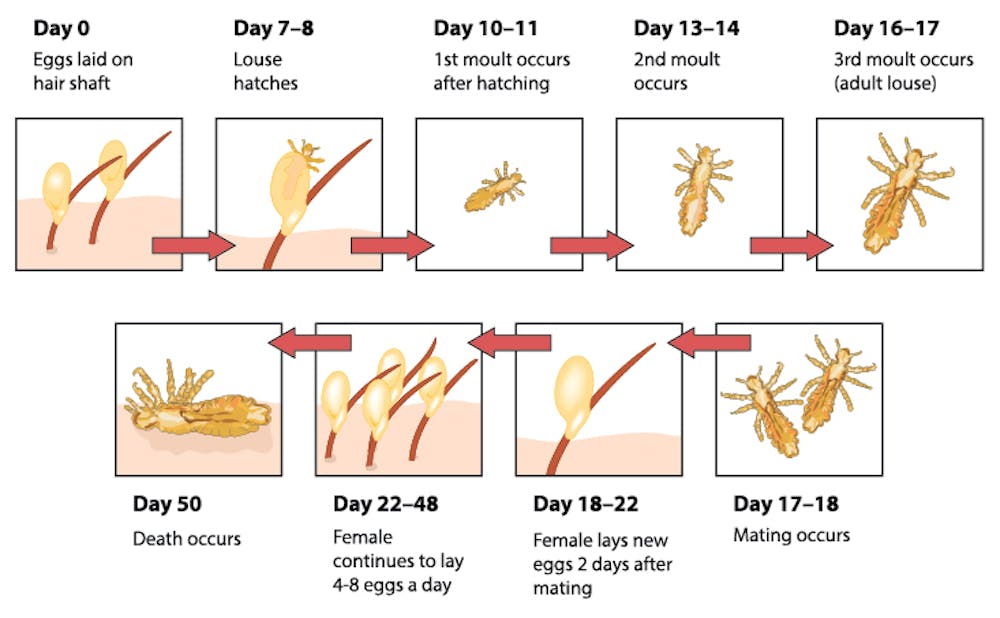
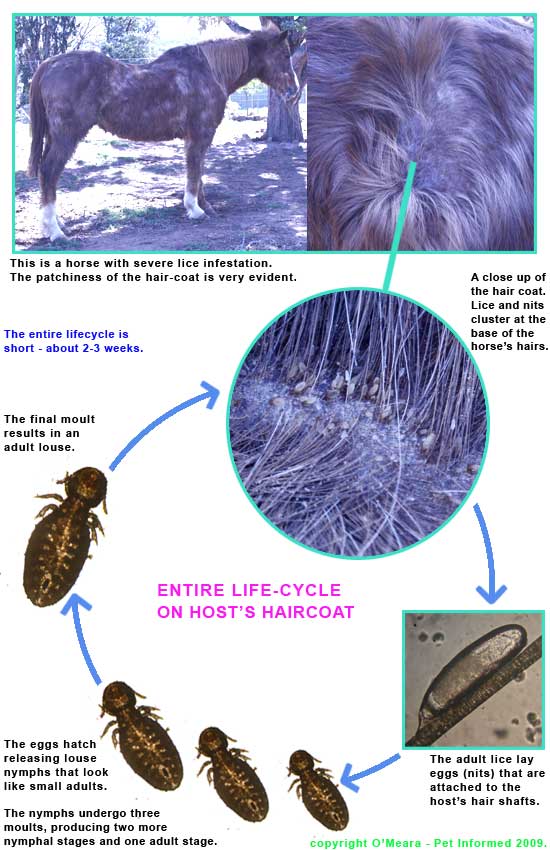



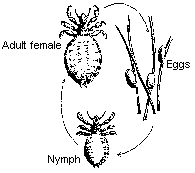



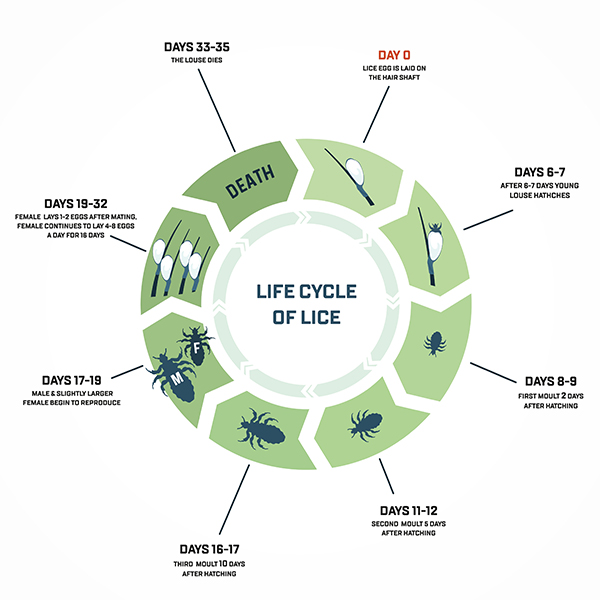

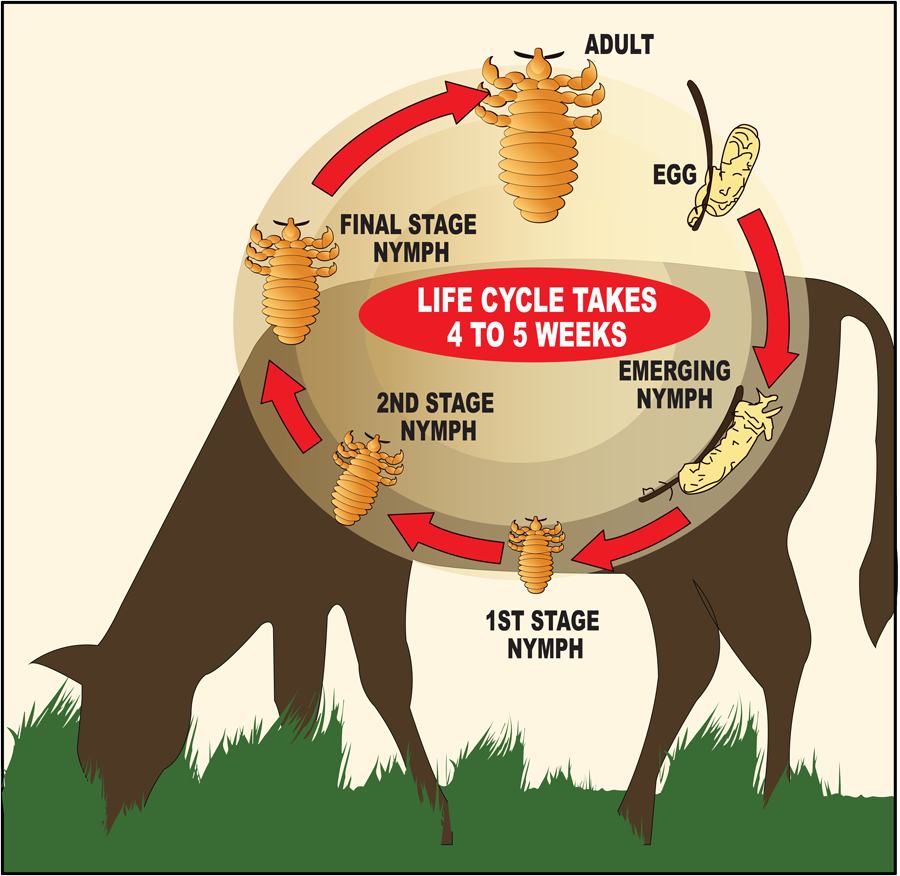


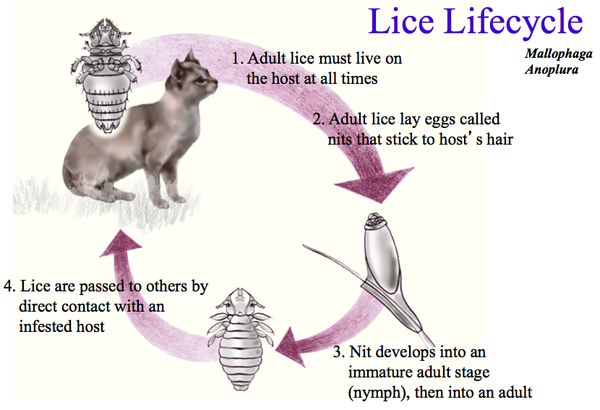



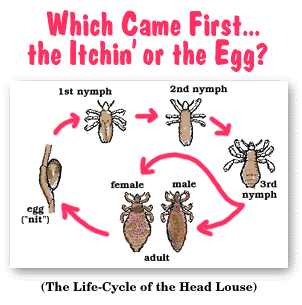



/overview-of-head-lice-1068795_final-4be375a6ddac4c6c8d97cfc2d642fcd5.png)
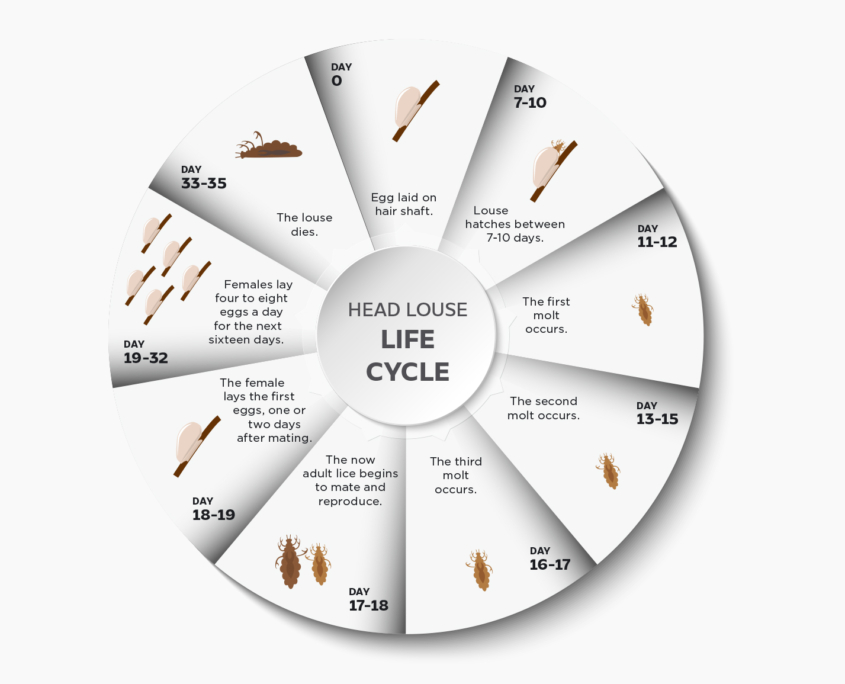
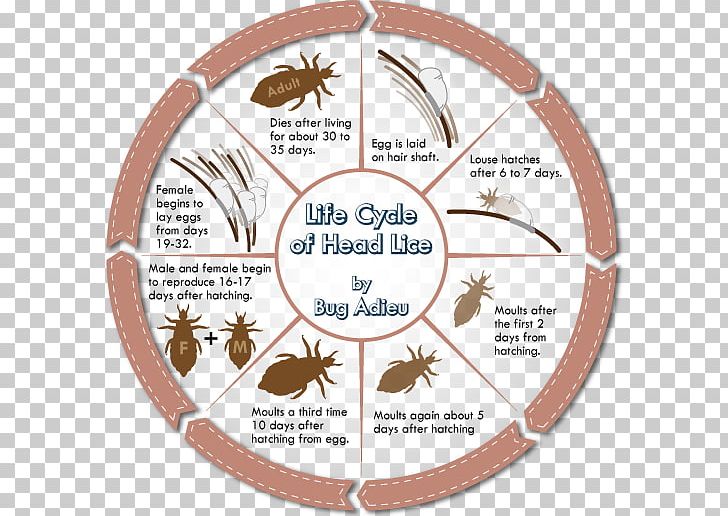



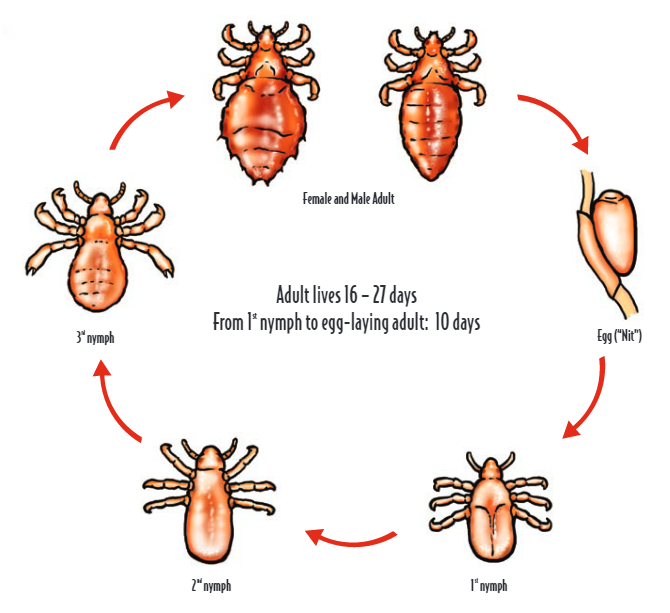
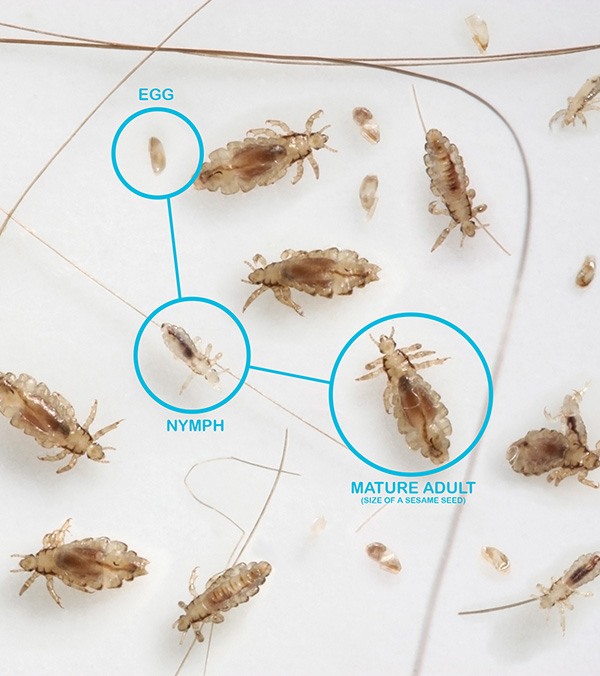

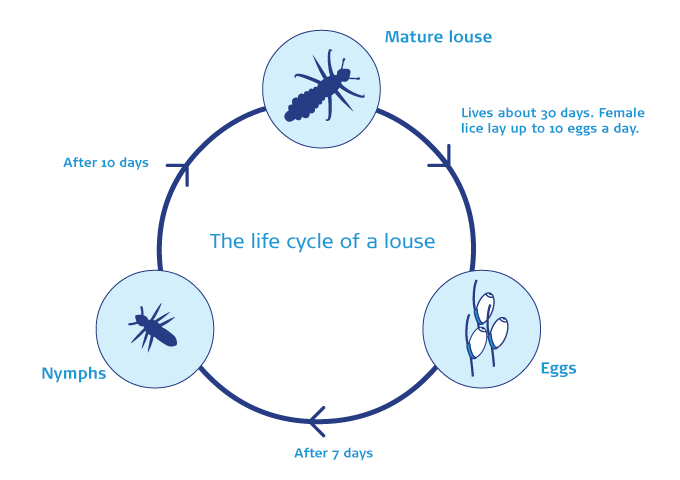
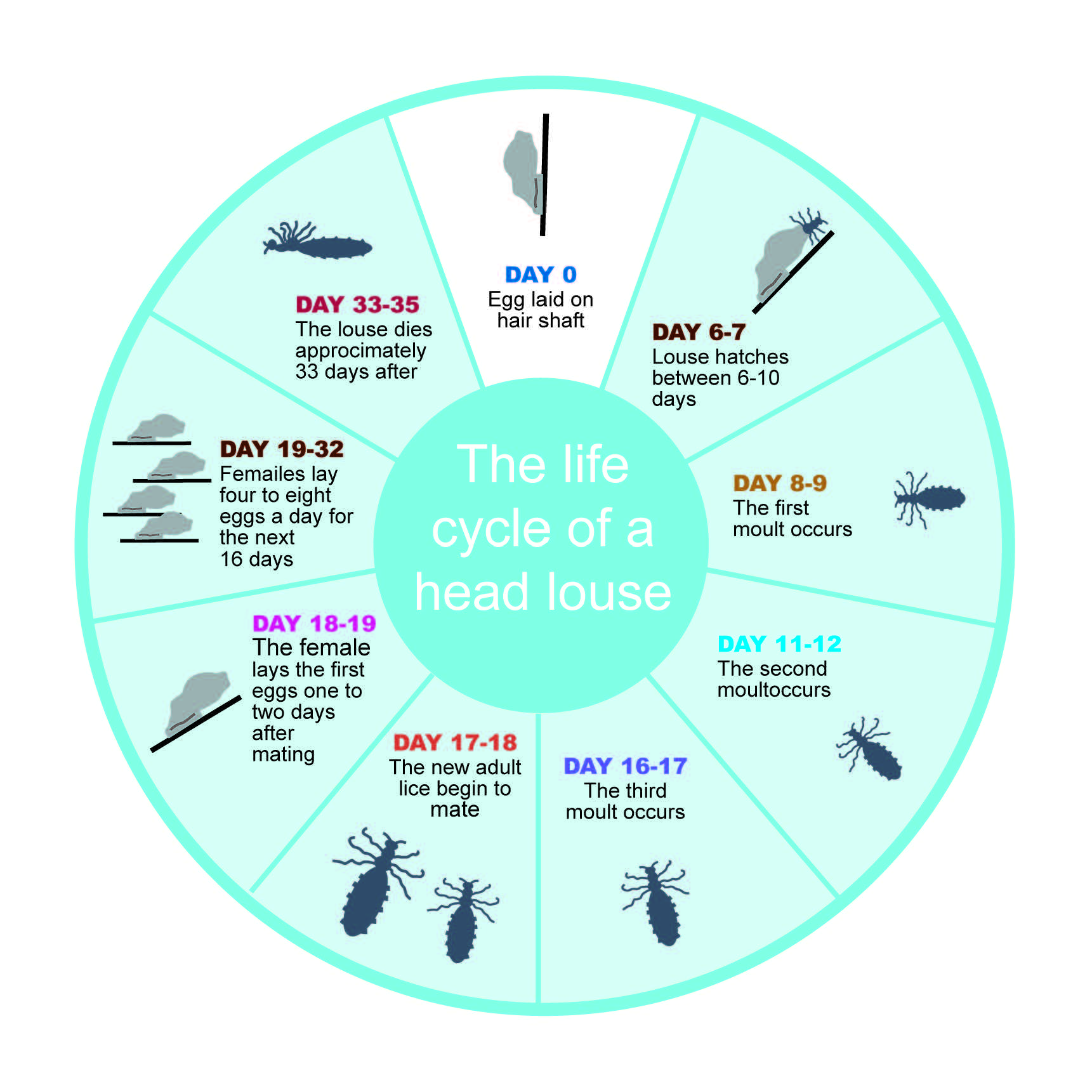





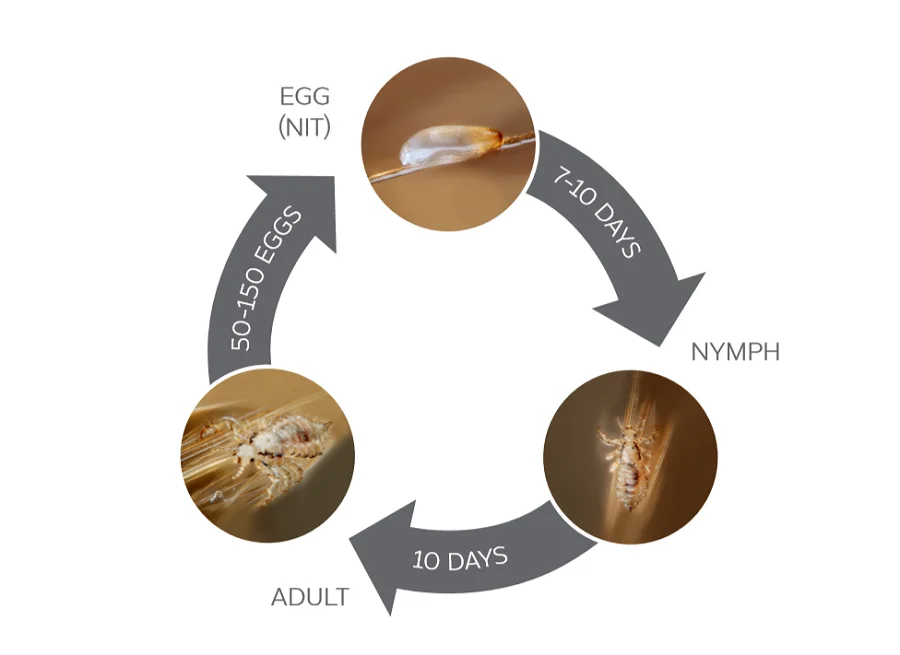


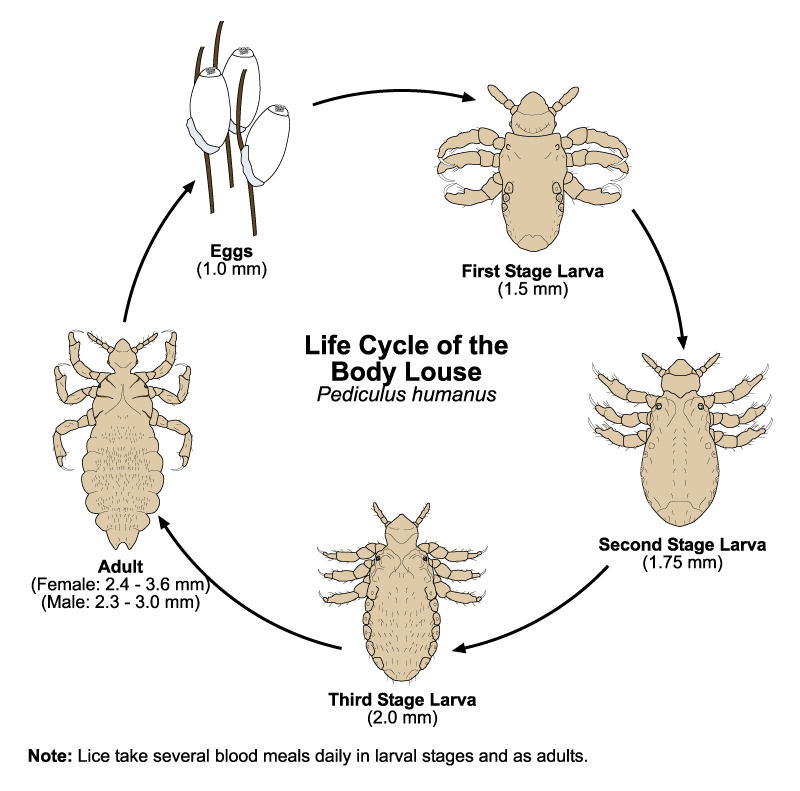
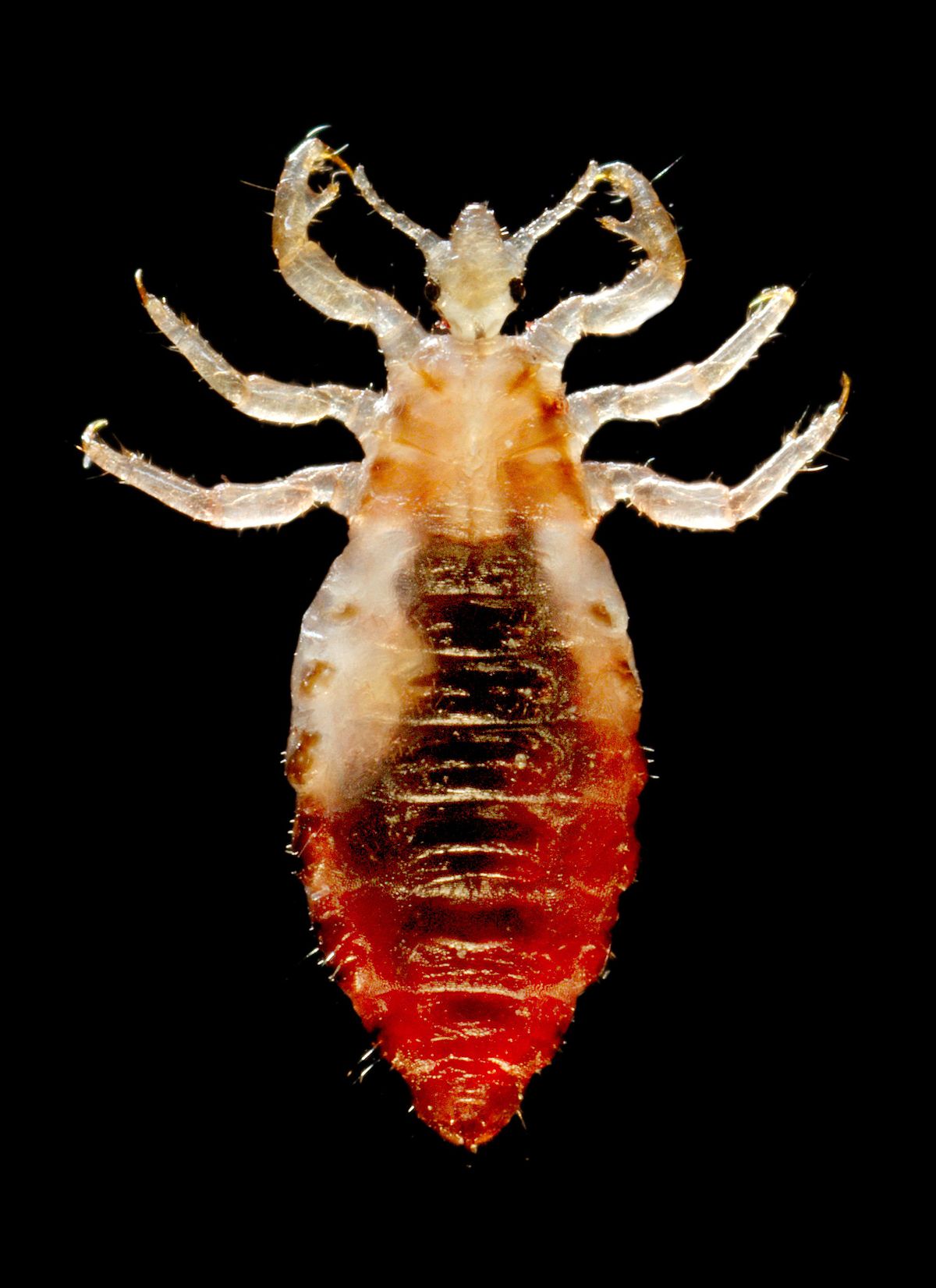

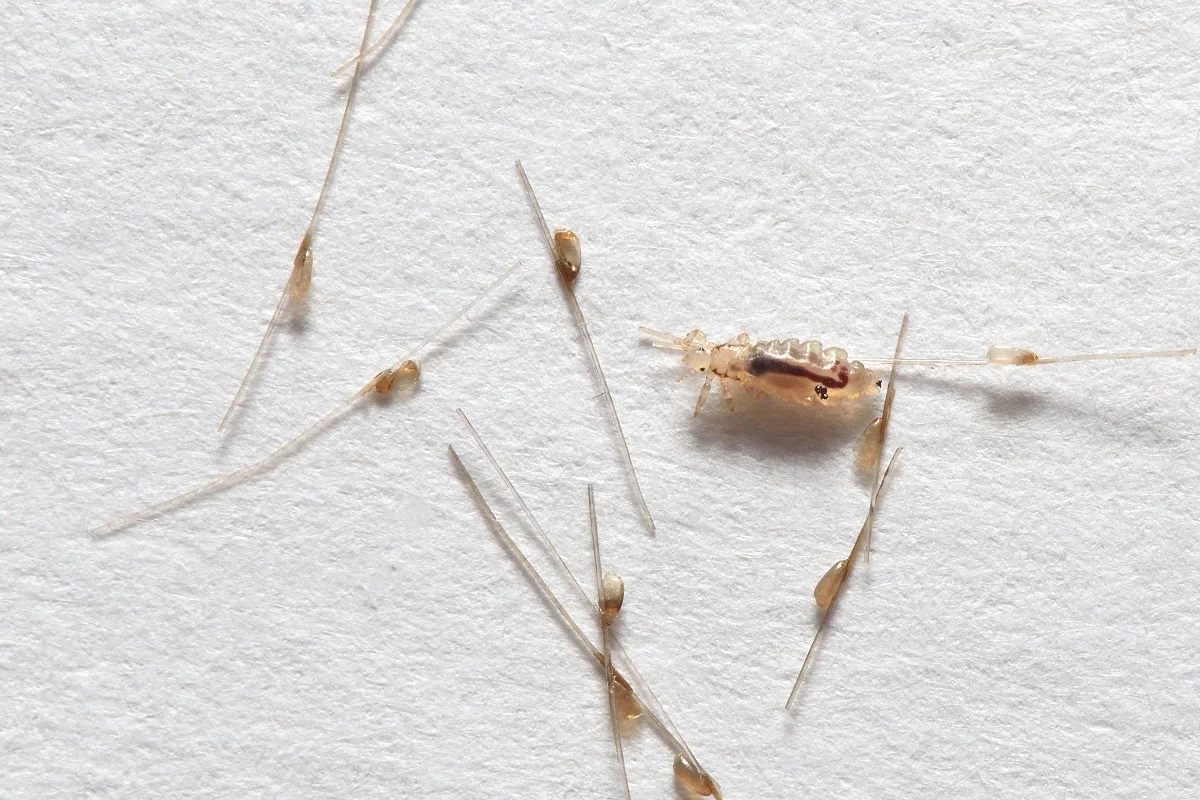








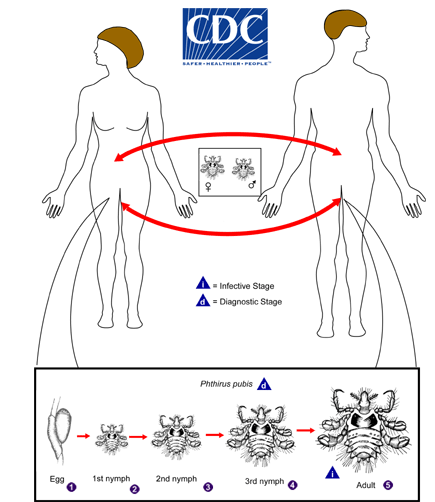

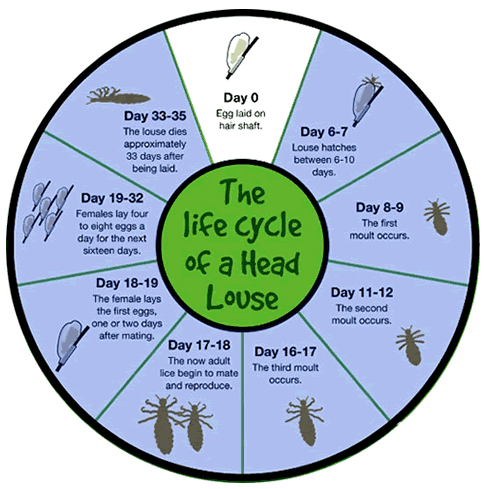
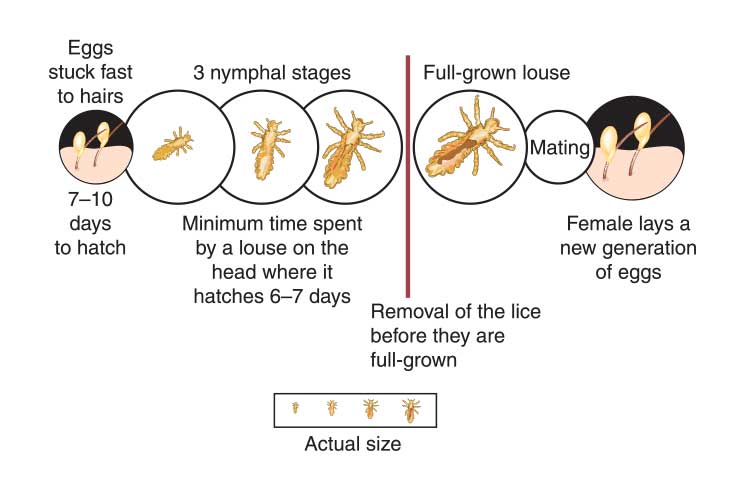

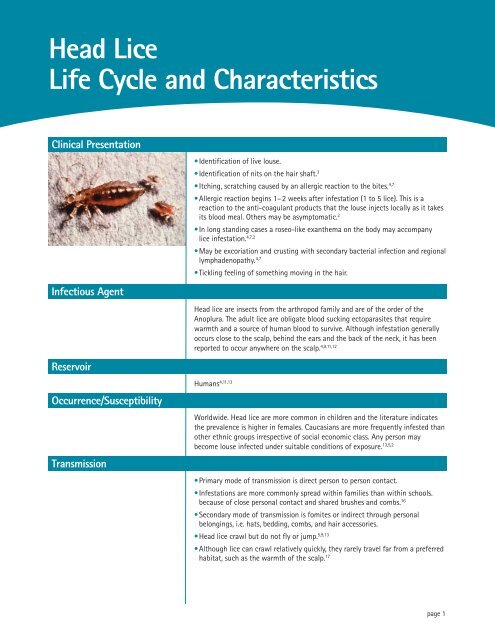



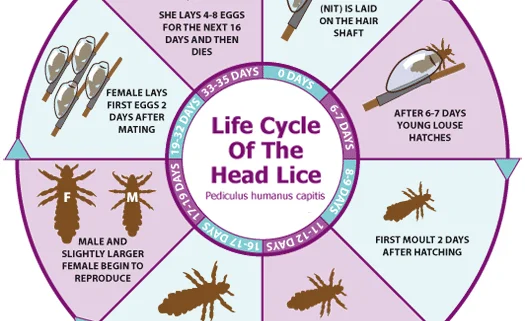

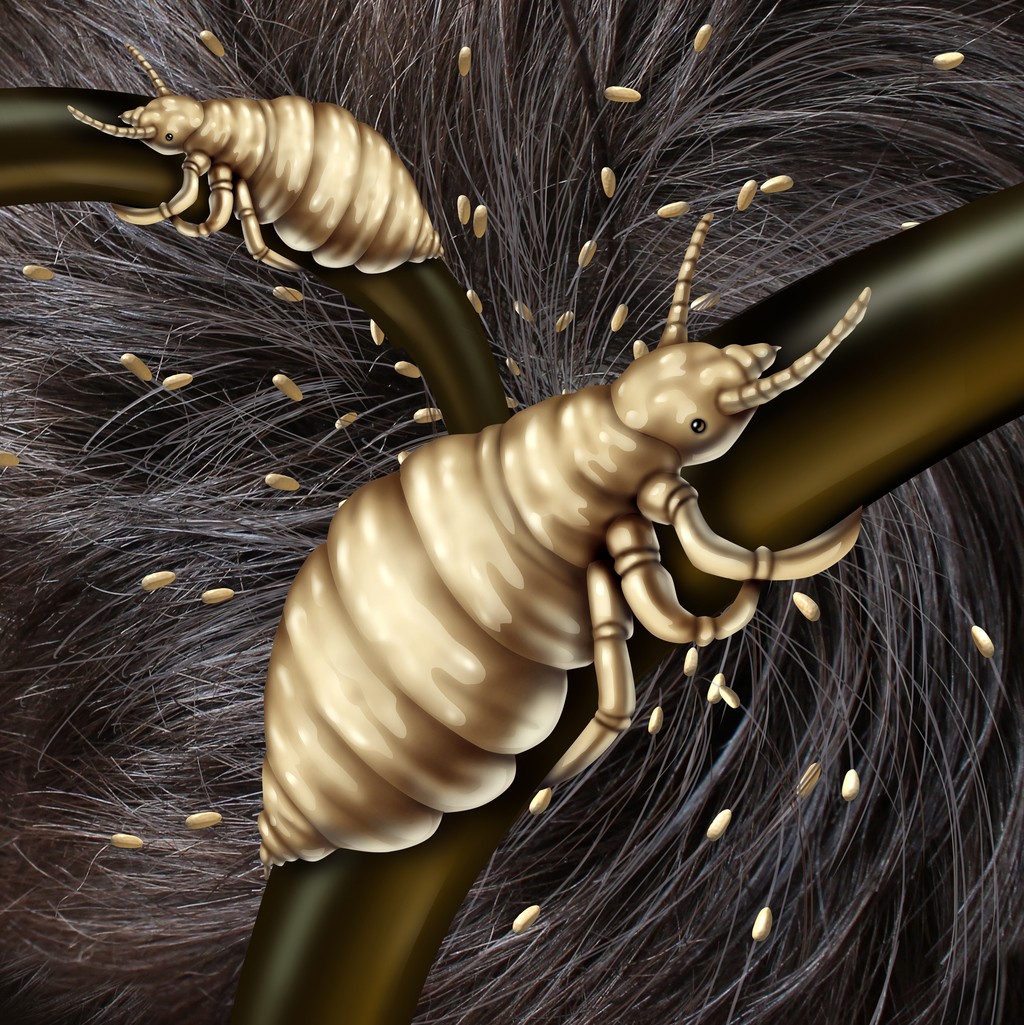



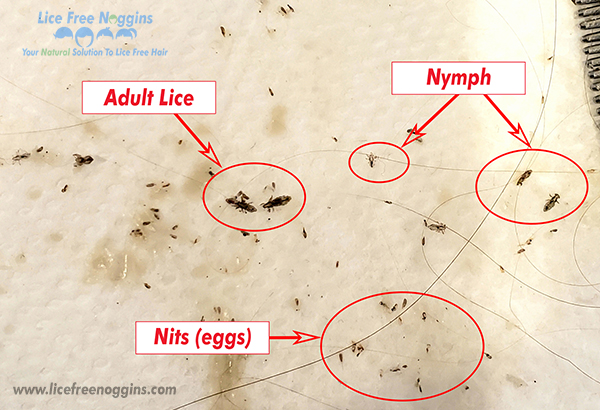


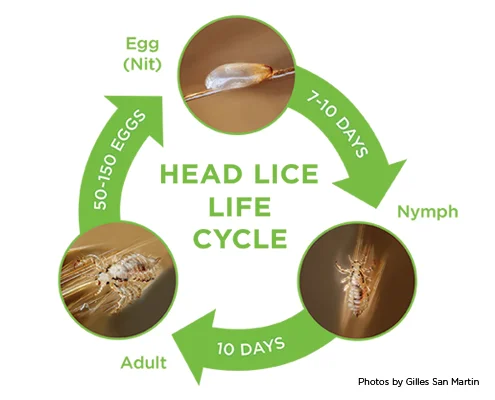








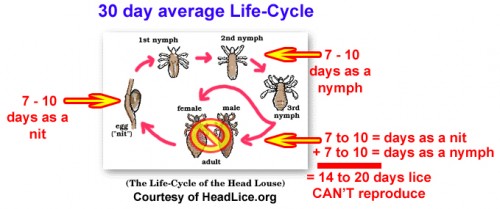
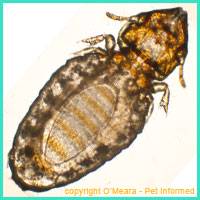
:max_bytes(150000):strip_icc()/head-louse-01-115944610-5bfd8befc9e77c0051d00287.jpg)







